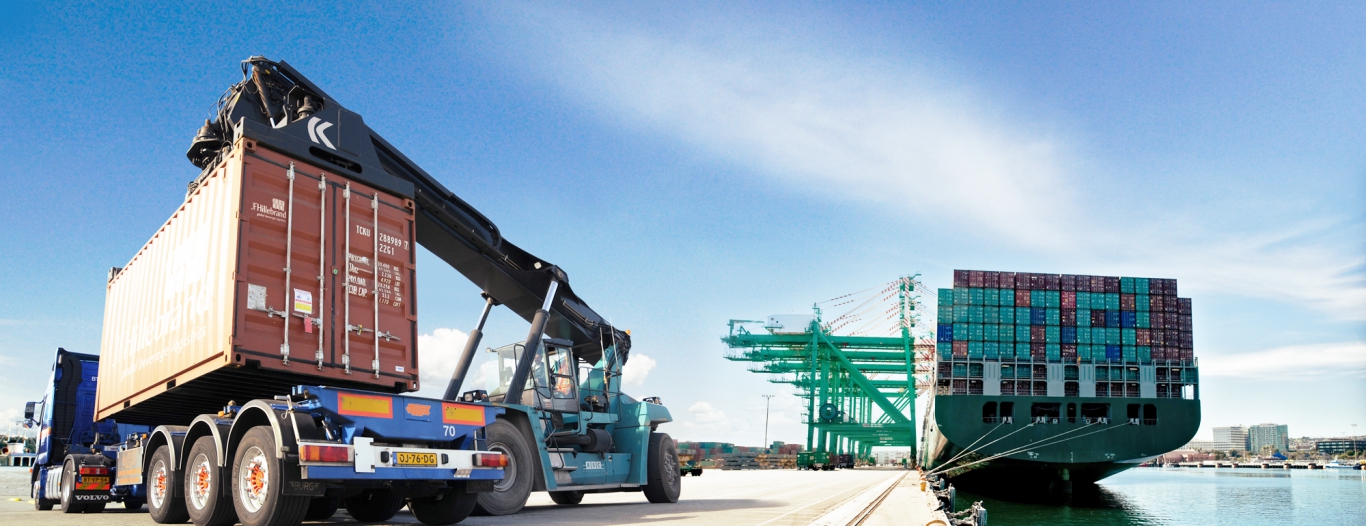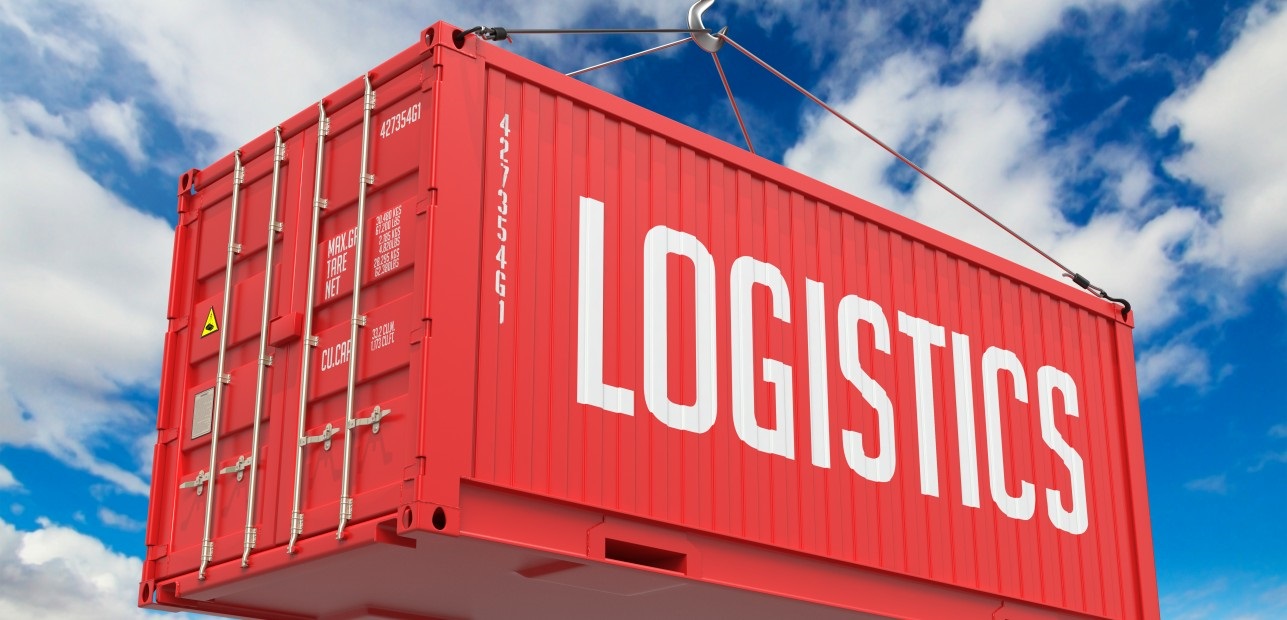Your cargo, we connect beliefs
Hotline:0903.309.909
Blog
Home >> News >> Blog >> Prologis report examines impact of coronavirus on logistics real estate
Prologis report examines impact of coronavirus on logistics real estate
The wide-ranging report provides myriad takeaways of the current situation, with a working thesis that coronavirus presents risks to economic growth that would likewise affect real estate in the near term, coupled with significant disruptions, to a magnitude, or levels, that are clearly unknown.

Crane lifting up container in yard
While the impact of the coronavirus, or COVID-19, continues to flip the script on all facets of everyday life, a report recently issued by San Francisco-based real estate investment trust company takes a deep dive into how things are playing out on the property, in a report entitled “COVID-19 and Implications for Logistics Real Estate.”
The wide-ranging report provides myriad takeaways of the current situation, with a working thesis that coronavirus presents risks to economic growth that would likewise affect real estate in the near term, coupled with significant disruptions, to a magnitude, or levels, that are clearly unknown. What’s more, the firm observed that coronavirus is now serving as a catalyst for many people to come up with workarounds that could eventually become permanent and result in reduced demand for some property sectors like telecommuting/office and e-commerce/retail.
“This volatility could translate to higher demand for logistics real estate inventories (e-commerce, industry 4.0),” the report stated. “As these trends become broadly recognized, capital markets are likely to react quickly and, in turn, reflect this differentiation in valuation and investment performance.”
In an interview, Chris Caton, Prologis’ senior vice president of global strategy and analytics, explained that, in terms of how this volatility could lead to higher logistics real estate demand, it goes back to how supply chains have been repeatedly tested in recent years.
“COVID-19 is the latest and most impactful disruption so far,” said Caton. “In light of this, we expect customers to pause and consider the resiliency of their supply chain models while they navigate both the short-term lack of activity and the inventory surge to follow. In the medium term, one of the easiest ways to build more resiliency into supply chains is to reassess ideal inventory volumes, which adds to logistics demand. We saw similar patterns in demand following recent trade-driven disruptions such as Brexit.”
From an investor perspective, Prologis said that even though financial market volatility and headwinds to economic activity are viewed as near-term risks, interest rates have experienced a compensating decline. And it added that both real estate occupiers, or customers, and capital markets could see an uptick for logistics real estate demand, stemming from inventory levels and e-commerce while other property types are up against demand headwinds. What’s more, the report said sector investment is expected to remain positive, but near-term denominator effects could influence investment decisions.
“We expect that the flow of capital may slow due to the wild swings we’re seeing in the financial markets,” said Caton. “Yet, governments are stepping in to shore up the markets, and the structural drivers behind the demand for logistics real estate have not changed: e-commerce continues to grow as consumer preferences change, and many of the goods that flow through supply chains are tied to basic needs such as food & beverage and consumer products.”
When asked to what level he expects the compensating spike in goods movement, as suppliers work to catch up, be and how will that impact logistics real estate market conditions, Caton said that the supply-side shock should correct itself once the production end—most notably in China—and networks that move goods return to normal functionality.
“In the near term, we are likely to hear of excess space due to the lack of goods available to restock inventories,” he said. “The surge to follow is likely to present capacity challenges within the warehouse, as pent-up orders coincide with normal back-to-school stocking operations. For logistics real estate, we expect that leasing activity – depressed in the near term due to excess capacity and travel bans, etc. – could follow a similar pattern, although many forward-thinking customers are already prioritizing business continuity with today’s decisions.”
The report concluded by identifying heightened supply chain risks that introduce new long-term supply chain trends that could boost demand, including:
- rising inventory levels resulting in customers likely to reassess ideal inventory volumes and business continuity plans that could translate to greater demand;
- continued e-commerce adoption that has been characterized by the emergence of online shopping, with coronavirus not likely to change that and potentially spur adoption speed and the number of consumers that shop online; and
- diversifying manufacturing locations, with coronavirus possibly accelerating another structural trend, in the form of pushing manufacturing to new locations.













